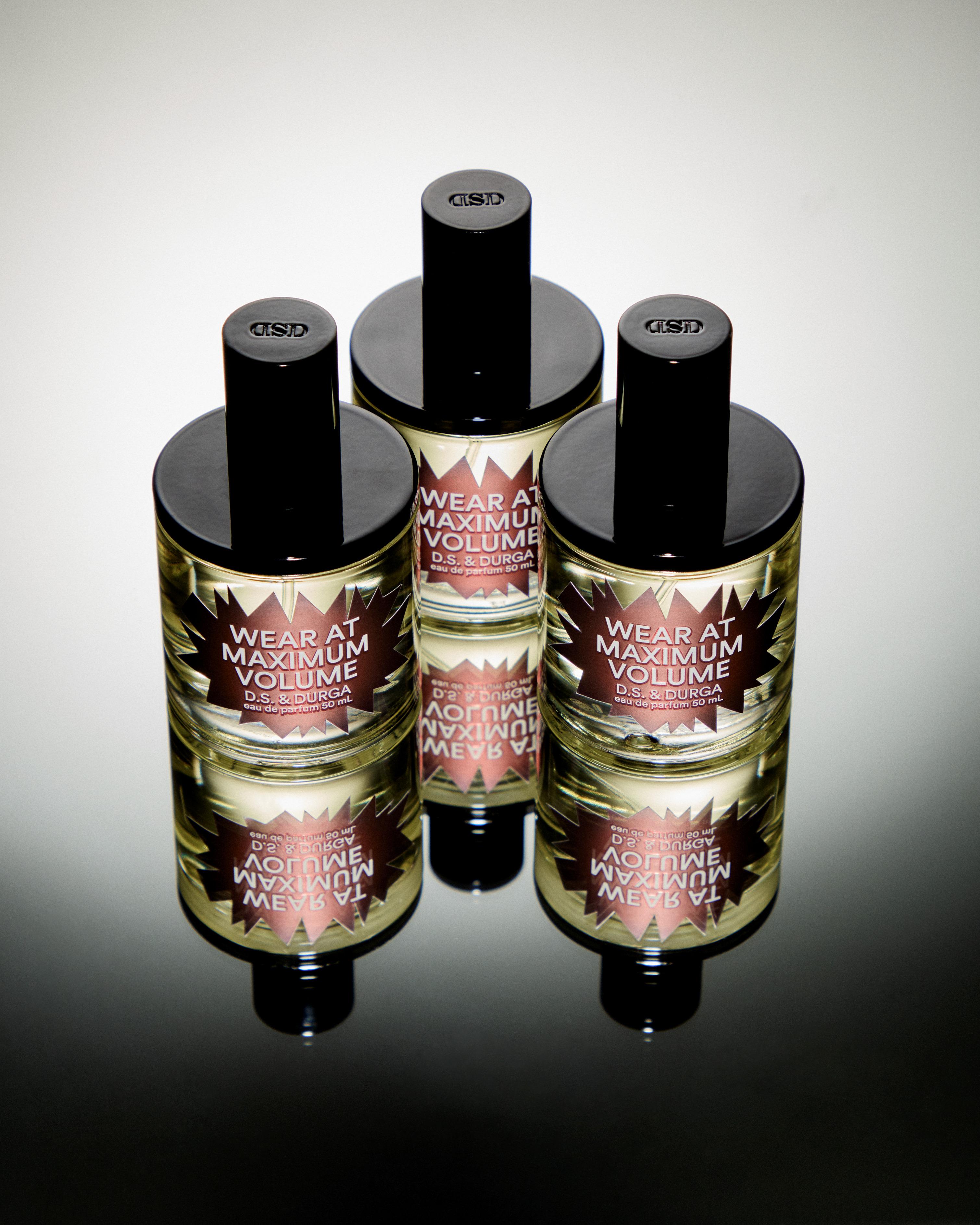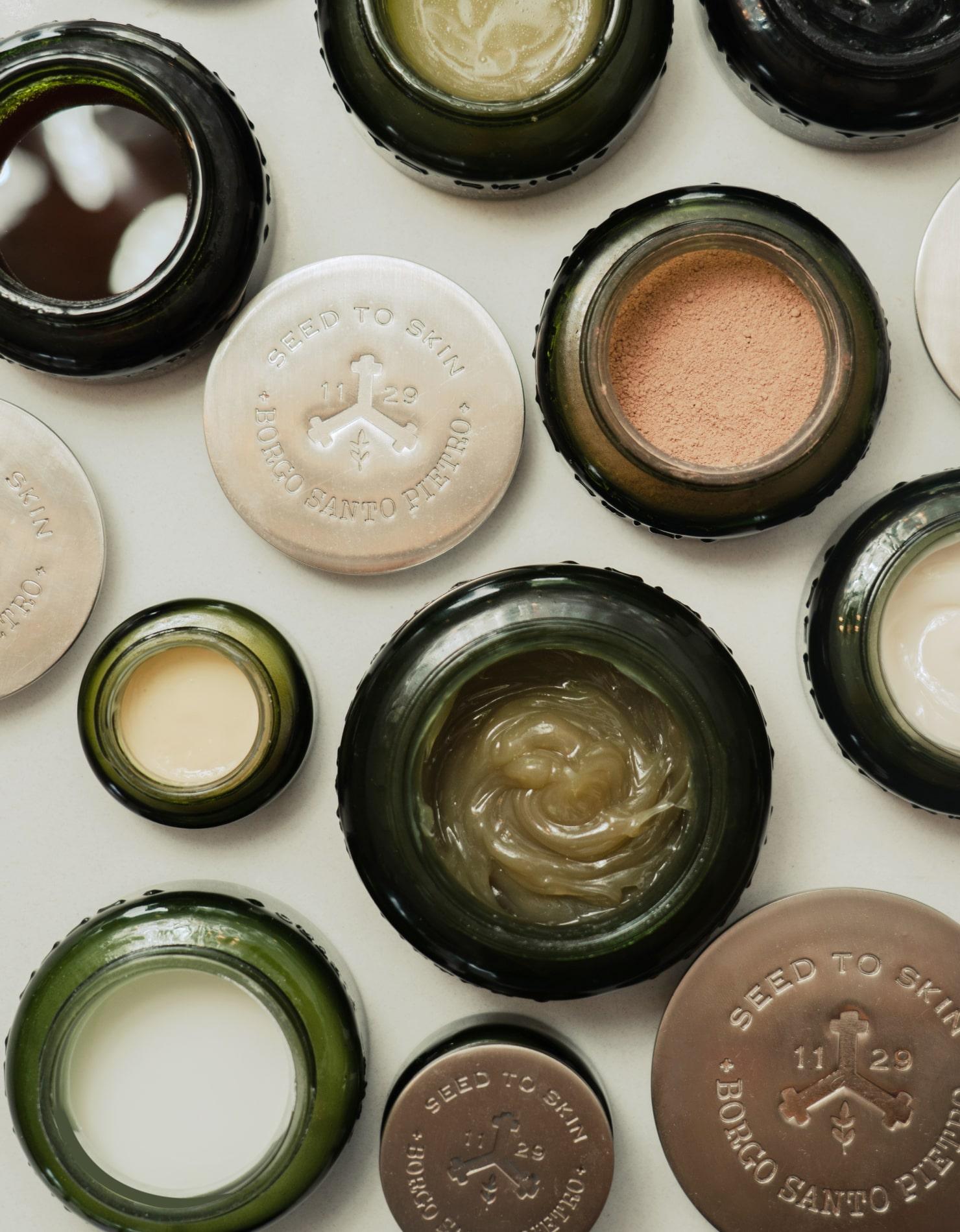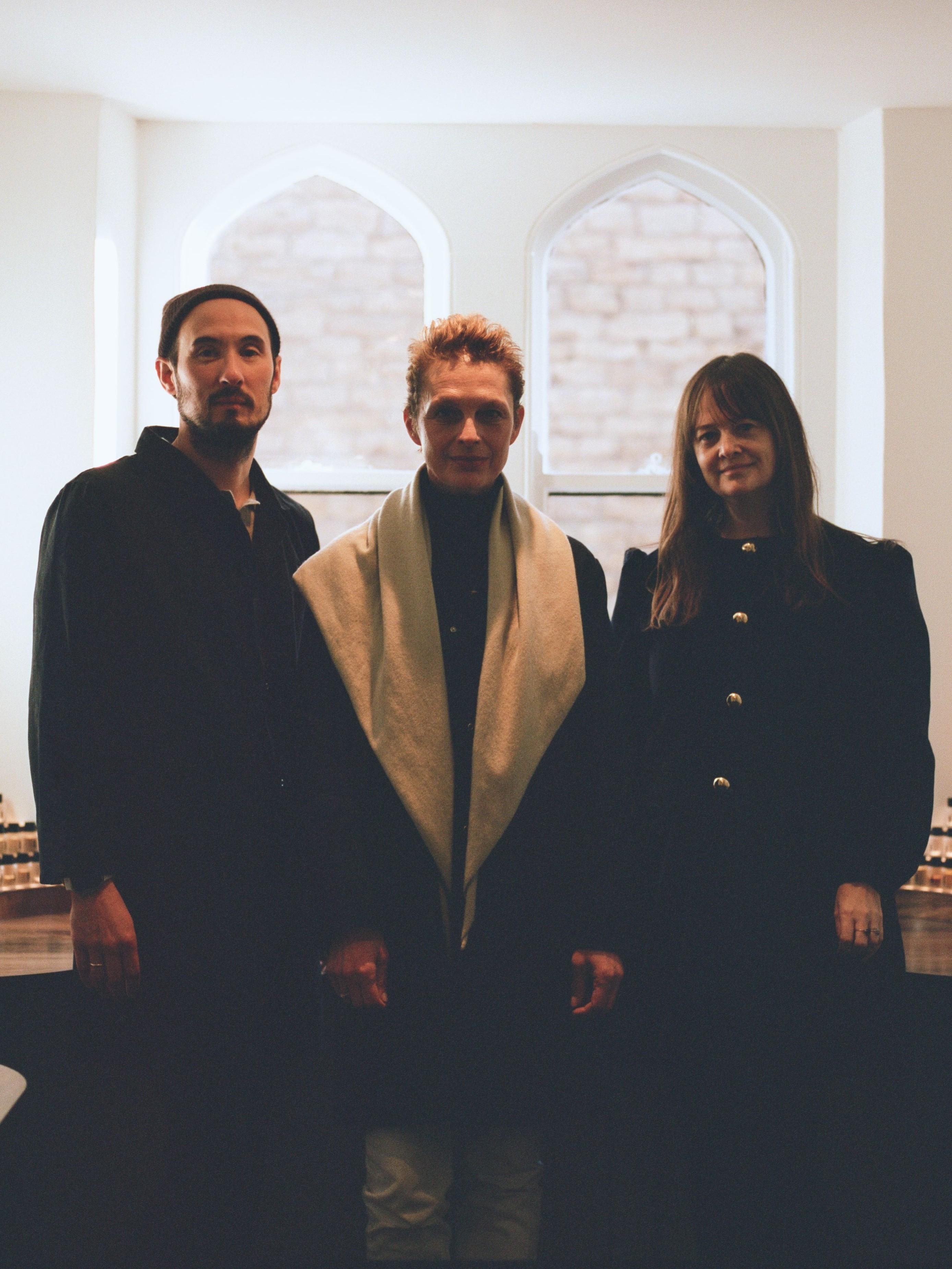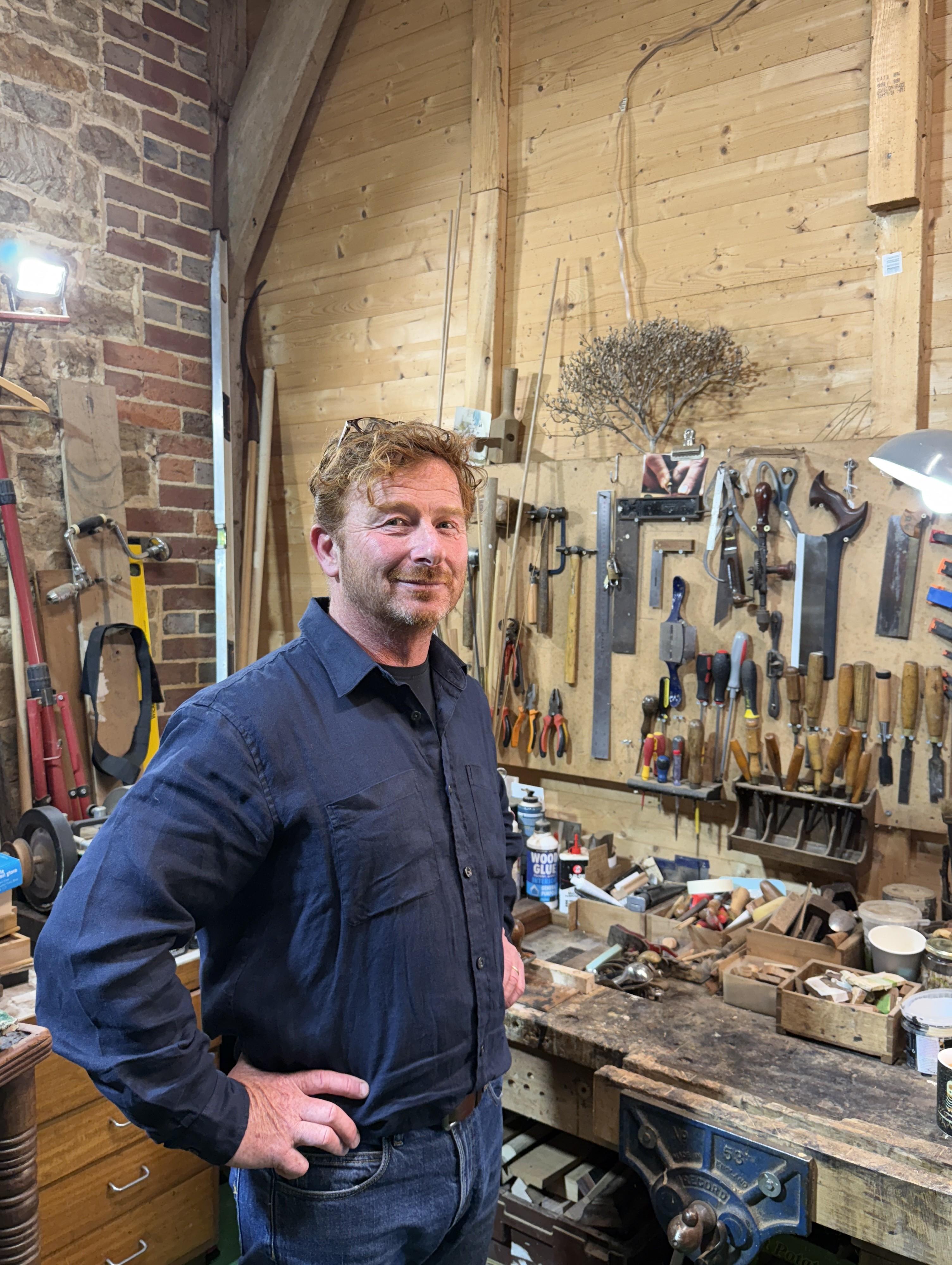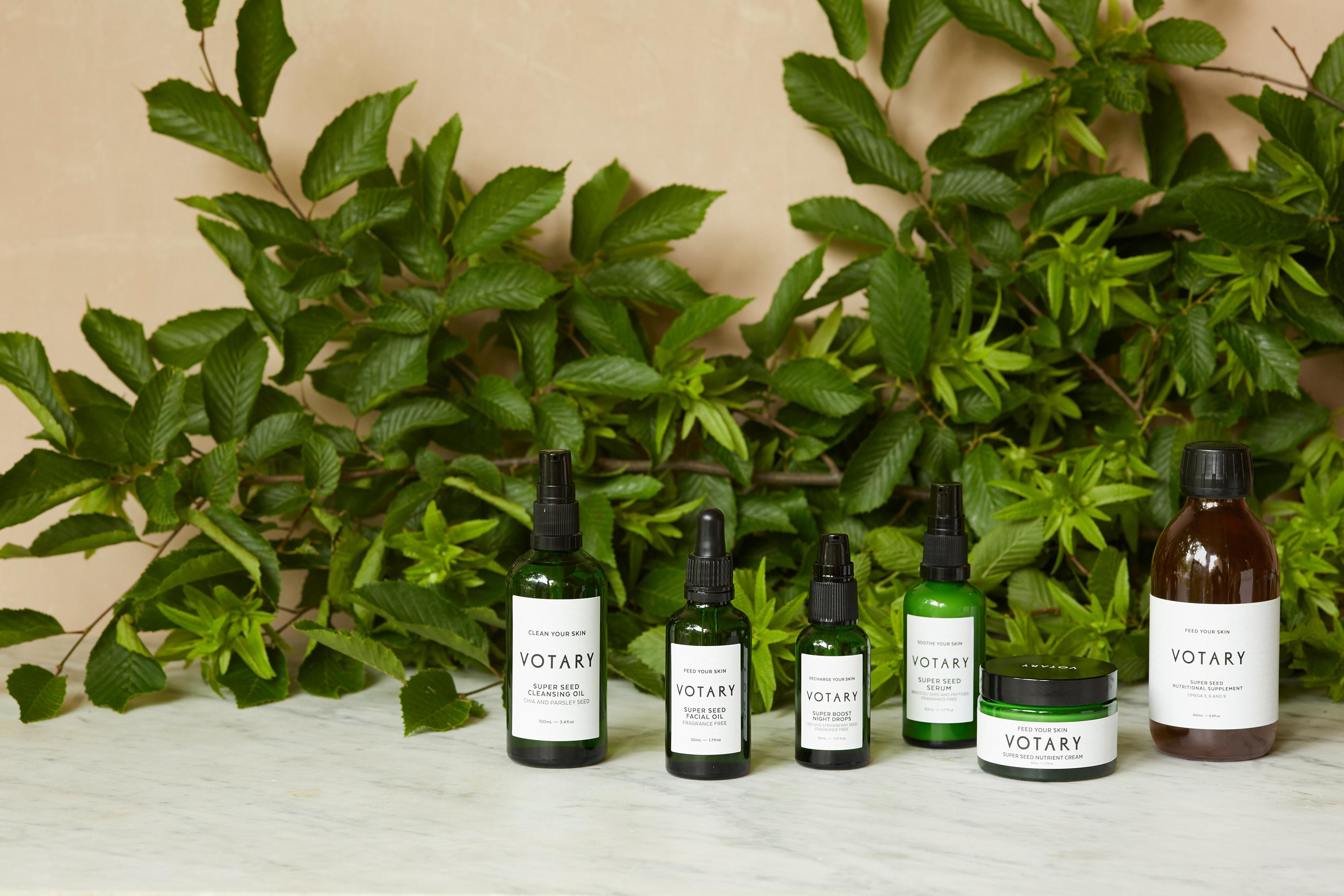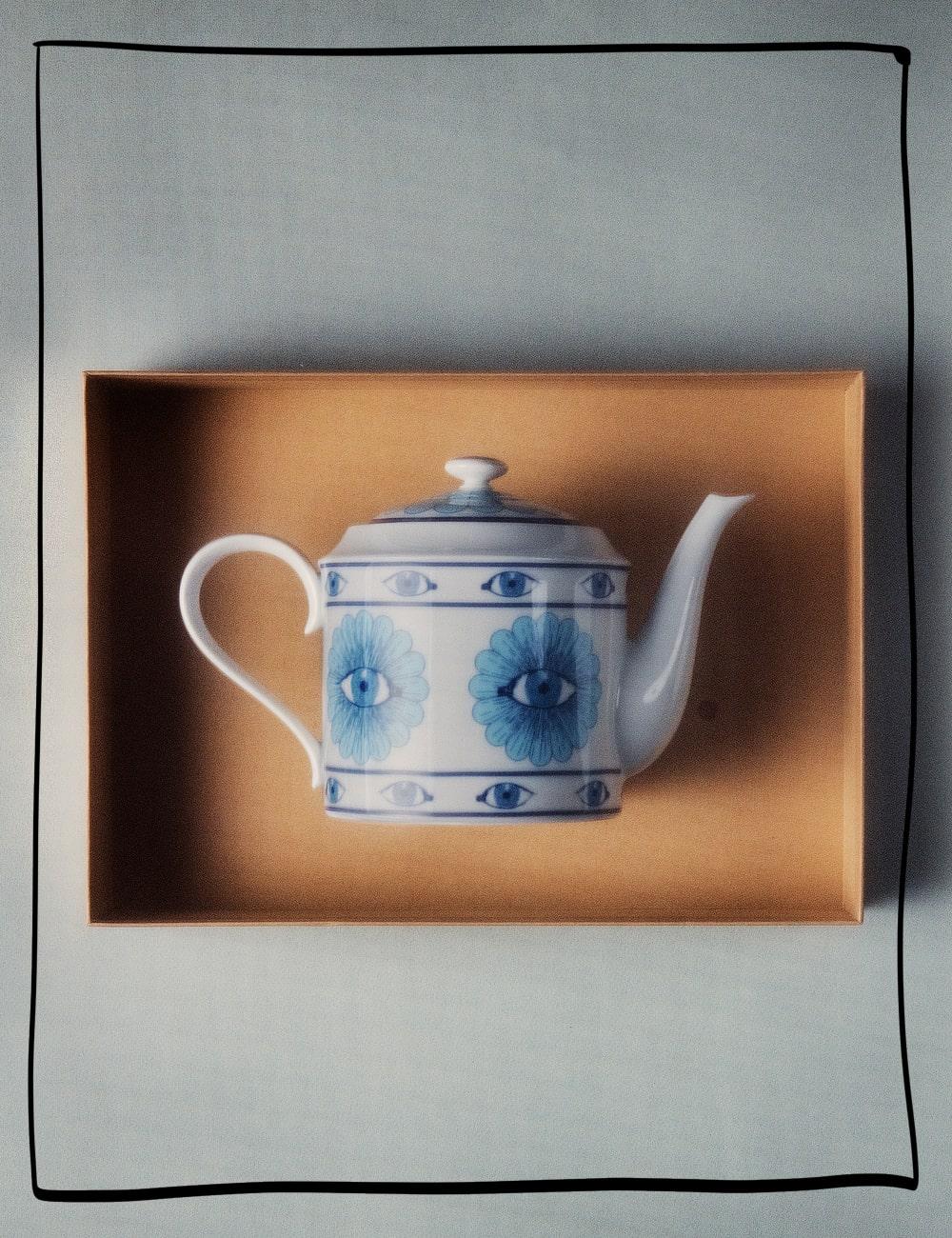In the Studio with Hampson Woods
Nestled deep in the valleys of the Lake District hides the workshop of this distinctive brand with craftsmanship and nature at its heart
Read more
In the Studio with Hampson Woods
Nestled deep in the valleys of the Lake District hides the workshop of this distinctive brand with craftsmanship and nature at its heart
When Jonty Hampson founded Hampson Woods in 2012, his surroundings could not have been more different to today. Originally based in Hackney, East London, the brand was founded on Hampson’s personal passion for hand crafting, a deep-rooted connection to nature and a desire to bring woodworking back to the UK.
Twelve years on from launch, Hampson Woods has relocated, and its rural Cumbrian home is the most fitting of settings: encapsulating the brand’s natural, sustainable, distinctly British ethos.
Crackled lichens and blankets of moss cushion every surface, creeping around tumbledown dry-stone walls and slate buildings: dew-tipped even in the late afternoon. Autumnal tinged leaves whisper in the surrounding woodland, a brook gurgles as its crystal waters pass through the yard. A handful of pheasants scatter themselves across the yard. If there were a quintessential Lake District scene: this would be it.
In the midst it all sits Jonty Hampson and his workshop. Stepping through the doors of an unassuming, repurposed barn suddenly surrounded by the trappings of Hampson Woods’ craft. In this small workshop, Hampson and one fellow carpenter carve, refine and oil each and every Hampson Woods creation, accompanied by their two dogs: Batman and Brian.
Over the machinery: saws, drills and sanders: a selection of the brand’s boards is hung proudly from an exposed beam. Yet to be cut timbers line the walls, pale golden cobwebs drip from the ceiling, encrusted in the inescapable fine sawdust and a woodburning stove crackles in the corner.
His love for this place, where he spent much of his childhood, is infectious: and the location’s connection to nature vibrates through each of the elegant, wooden creations crafted in the workshop. To find out more, Liberty travelled to the Lakes, to step inside Hampson Woods's world.
The door to Hampson Woods's workshop
Two of Hampson Woods's signature boards
Tell us about Hampson Woods: who you are and what you do?
I founded Hampson Woods in 2012. It began life in in London, in Hackney, and we are now based here in in Cumbria, where we’ve been for the past five or six years.
I'd worked with wood for many years before I decided to go it alone, and I wanted to start a brand and a company that brought wooden homewares into the home, in as sustainable, ethical and natural form as possible.
I could see that the market was a little bit overrun, but the main options available were mass produced items shipped in from a long way away. I wanted to do as much as I could by hand and from within Britain.
So, we set out to not only make and create beautiful homewares, but also do it as sustainably as possible.
Where did the name come from?
“Hampson” is a nod to my family, my dad who brought me up appreciating nature and art and doing something. Whatever it is that you do. It helps me keep my connection to that.. I'm only going to put my name anywhere near it if it's good enough. And then the “Woods” is self-explanatory.
Jonty Hampson in his workshop
Can you tell us about the setup that you have here and how that feeds into your ethos?
What we do here at the Cumbria studio is pretty much everything. We don't mill the timber, it's grown elsewhere, almost always within Britain and occasionally France. The timber comes to us, and from that point we mark out each board based on the natural variations that you get in the raw material. We work out what is most practical, and what is most efficient from a waste point of view. Looking at what each tree will yield.
A lot of the other products we've produced over the years have come about as a result of what is left from making the serving boards. So not only are we maximising every inch of the tree that we can. We're also using as many of the off cuts as possible for smaller items: utensils, porridge, spoons, butter, knives and that sort of thing.
By keeping it in the house, we are able to be in control of everything. We only work with timber suppliers who know where their trees came from: they know exactly where the timber stood and that's something that we pass on with every product. Of the tens of thousands of boards that we have made, we've done that with every single one. Provenance is key. It gives you a greater connection, it makes you understand.
What are some of the techniques that you use that make your products distinctive?
Probably what stands us aside from many other boards available, is the unique nature of each piece. That's because of the handmade element of each piece. We do follow a form, a template, for the overall shape and design, but from that point on things get tweaked a little bit.
Each will have a slightly different profile to the edge: in the neck and shoulders of each piece, there's sometimes more or less. Depending if we're working with a particular piece of wood to highlight a particular grain. They're ever so slightly different. Every single one.
Outside the Hampson Woods workshop
What's your favourite thing about working with wood?
I think many woodworkers find that the glory is in the oiling at the end of the job. That’s when you're seeing what you've been working on, what you've been thinking about and handling and that’s when it takes on a whole new life.
Overall, it’s very rewarding. Some of it is mundane and time consuming and it's hard, it's hard work. But it's satisfying. It's satisfying material to work with, and it's something beautiful in your hand at the end of the day.
Why is the handcrafted element something you're passionate about?
The idea of hand crafting was partly how things started. If you go back not so long ago, most of these wooden homewares were made in individual towns. There would be your local cup maker, your plate maker, your utensils, maker and so it creates a greater connection with the product.
After a long period of mass production, I feel like people want a greater connection to the things that they have in their homes. And there is probably no better way to do that than to than to make by hand.
Do you think that you're influenced by the surroundings that you're in?
Yes. I think I've always been influenced by this place. Although I didn't grow up here, it is where I was born and spent a lot of my early life. That nature seeping in, it’s hard not to feel that when you're here, because you're literally surrounded by it.
Pretty much all of what we make is just one single piece of wood. So there's no joined pieces which, as well as being a practical thing, also highlights the beauty of what once stood as a tree, and transfers that from the woods into people's homes. It’s a wonderful thing and was a big part of how these products first came about: to let nature do the talking.
Wood waiting to be carved in the workshop
How does it feel to use your own pieces when you’re at home?
Sometimes I'll look at the look at the boards that I use in my own kitchen, and I can't quite remember the exact day, but I certainly remember it going through my hands because I normally keep the ones that are too beautiful to sell! When I'm cooking and preparing food at home it does feel slightly surreal. Occasionally it's just a case of need, I will come out when my wife has said we need something to serve cheese on.
The particularly special ones that I might end up keeping are normally down to the grain. The grain, in my opinion, is beautiful in in every one of them, whether it's something more consistent or something dramatically swirling.
Find Hampson Woods collection on the Third Floor at Liberty.
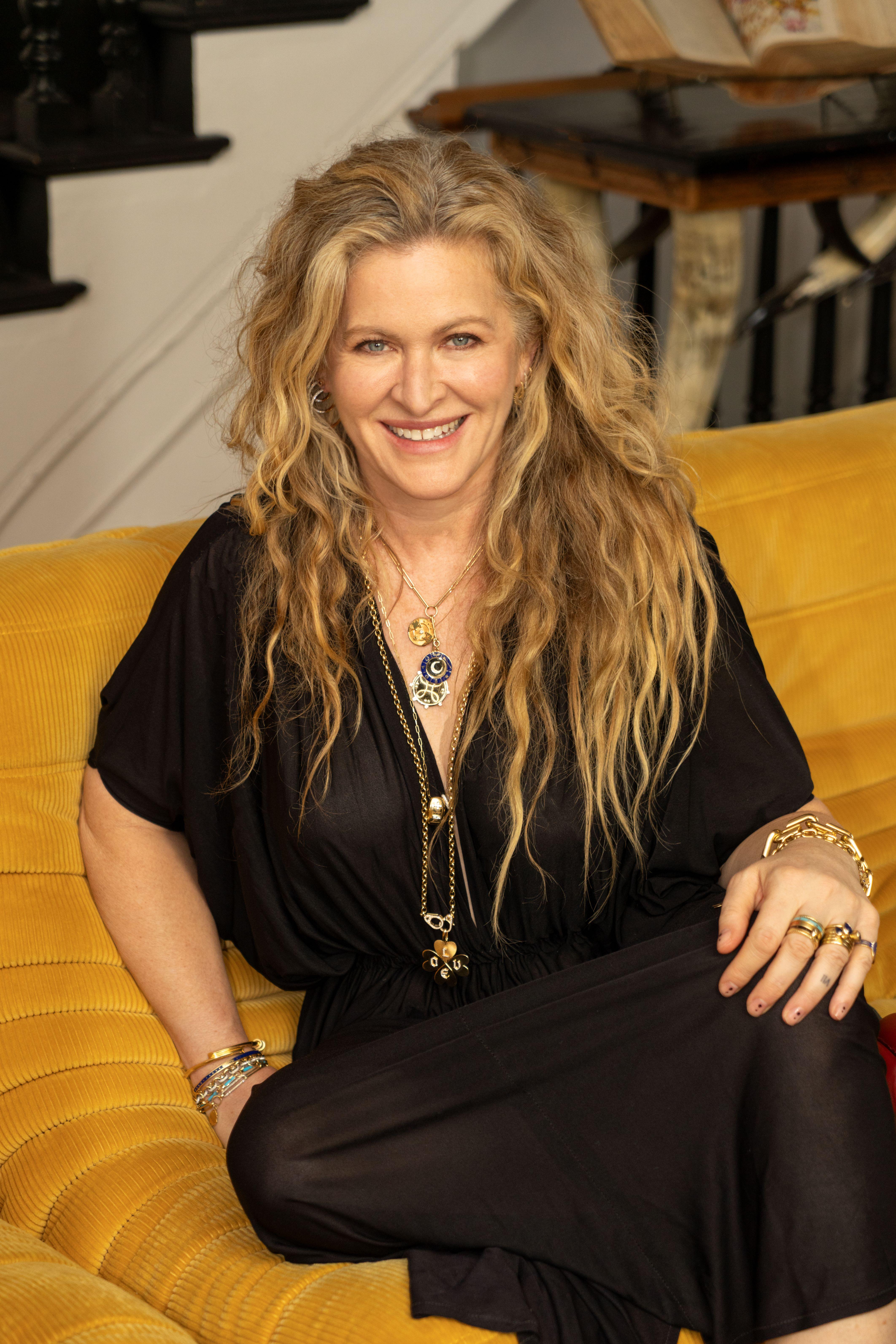



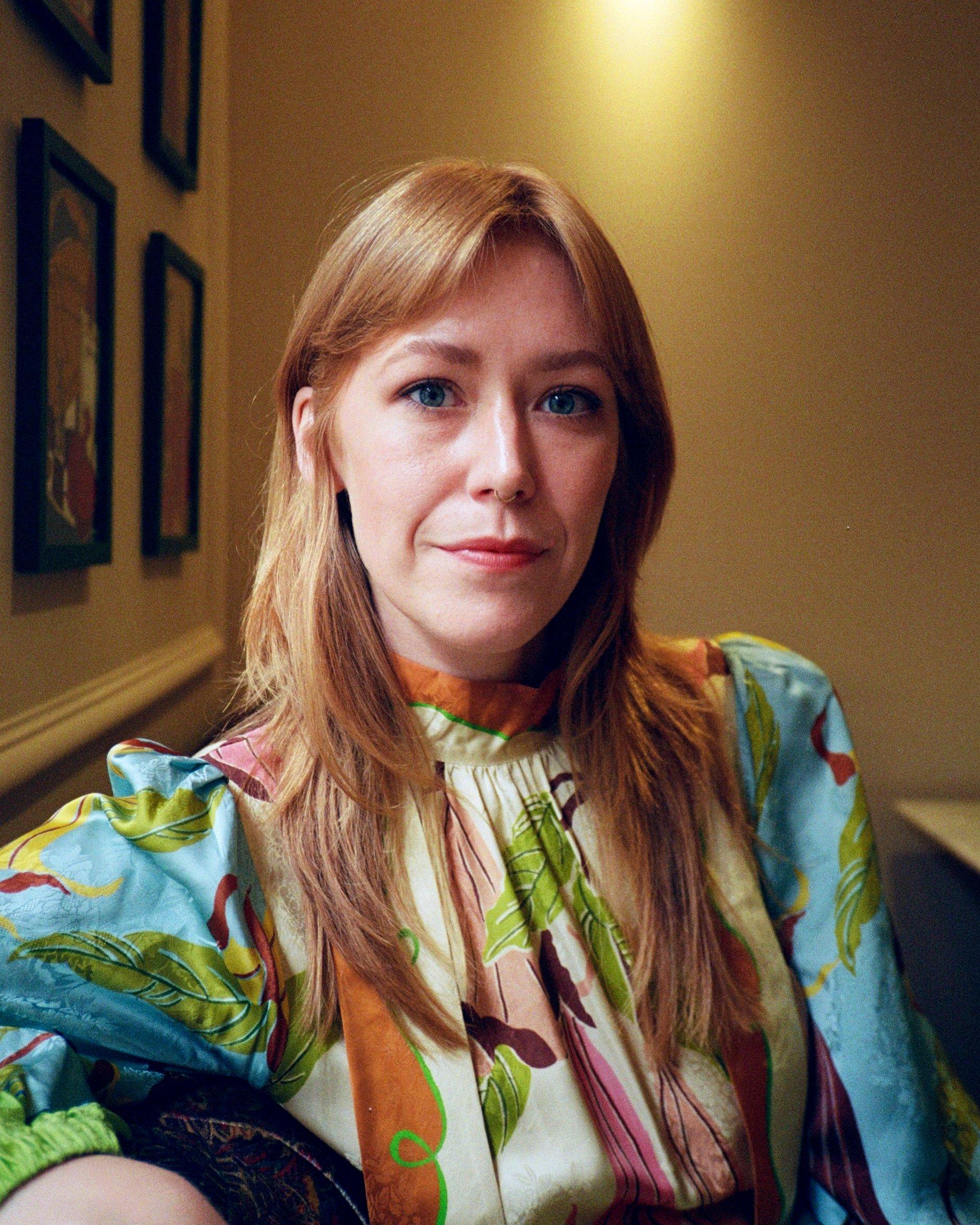













?fmt=auto&qlt=default)





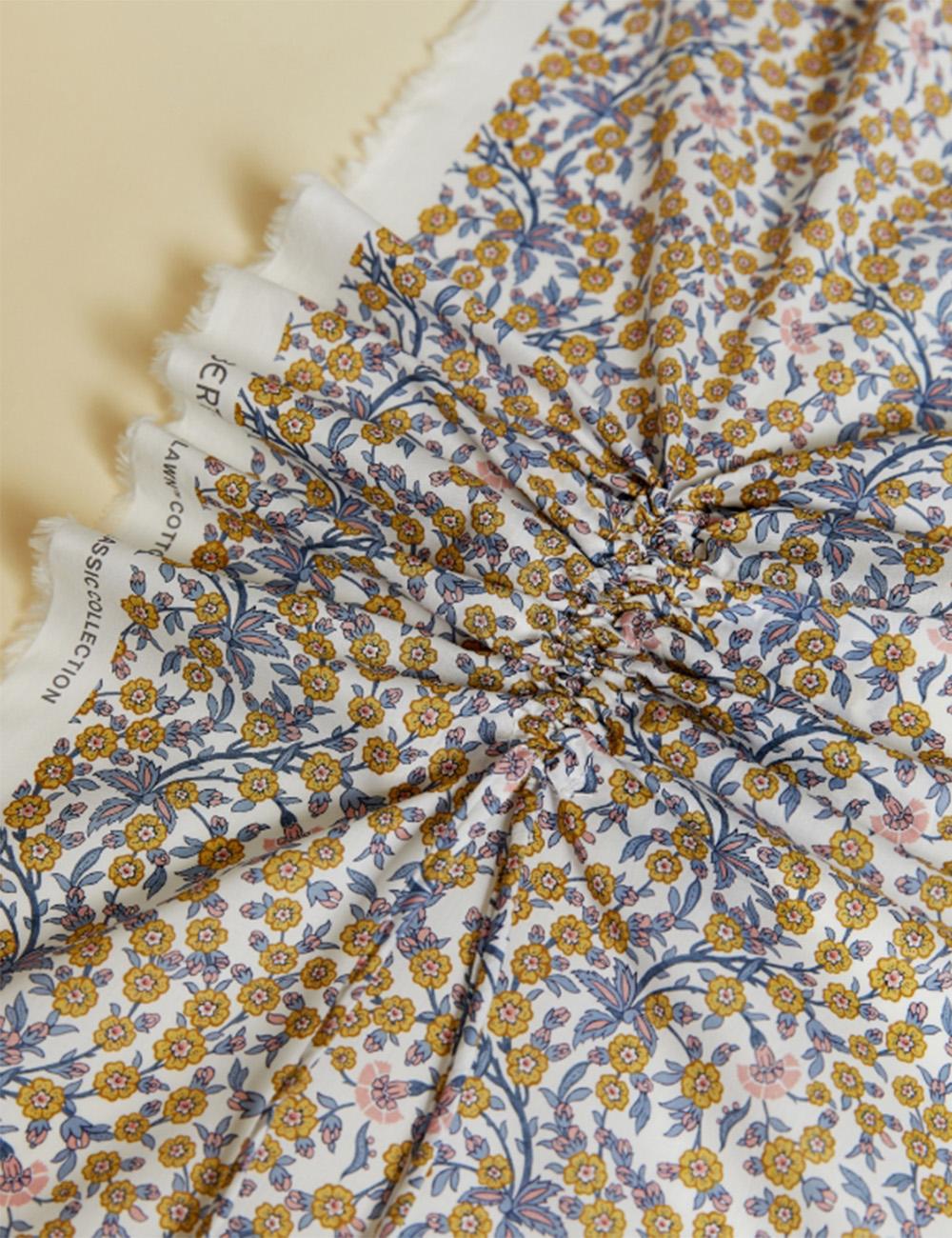
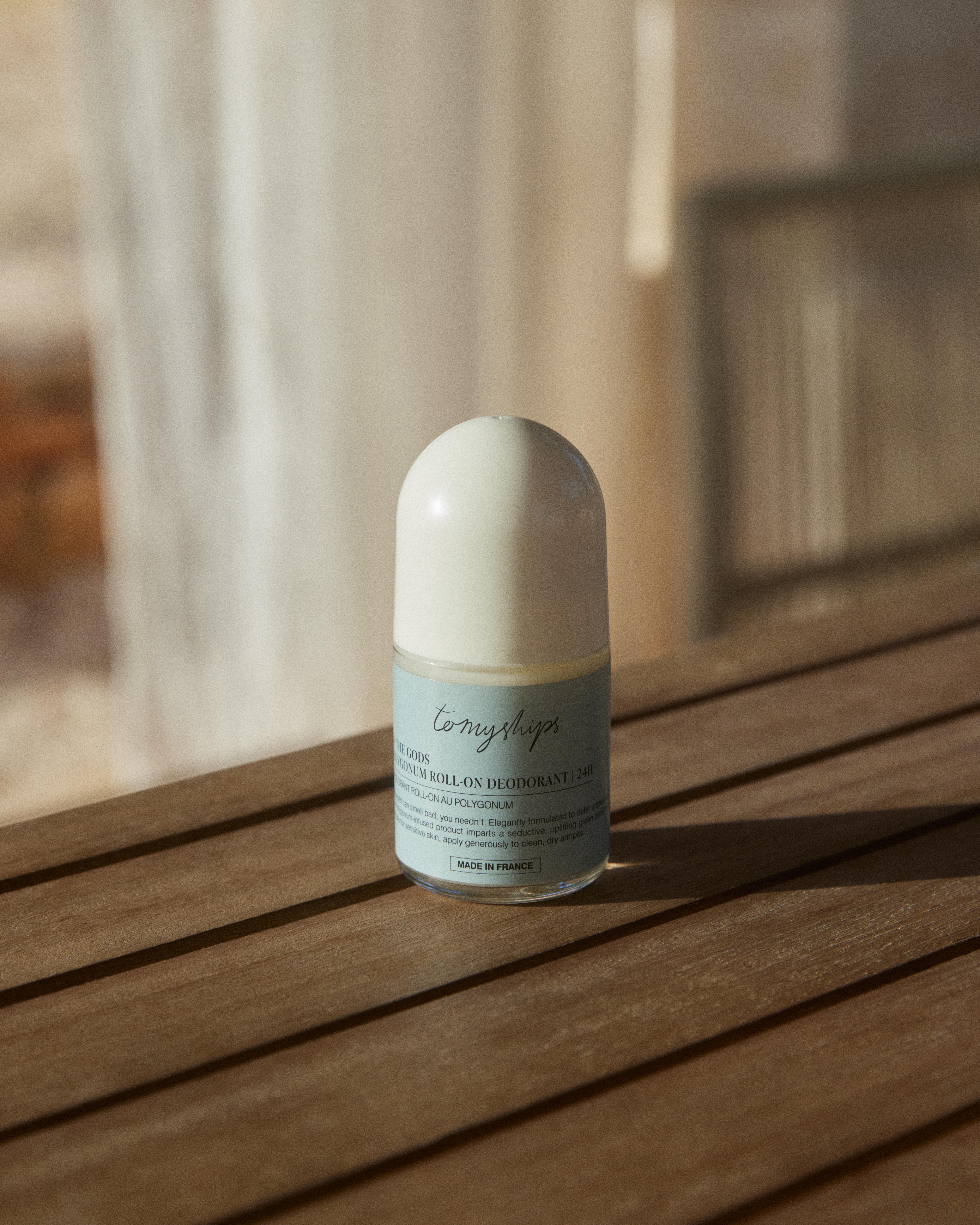


























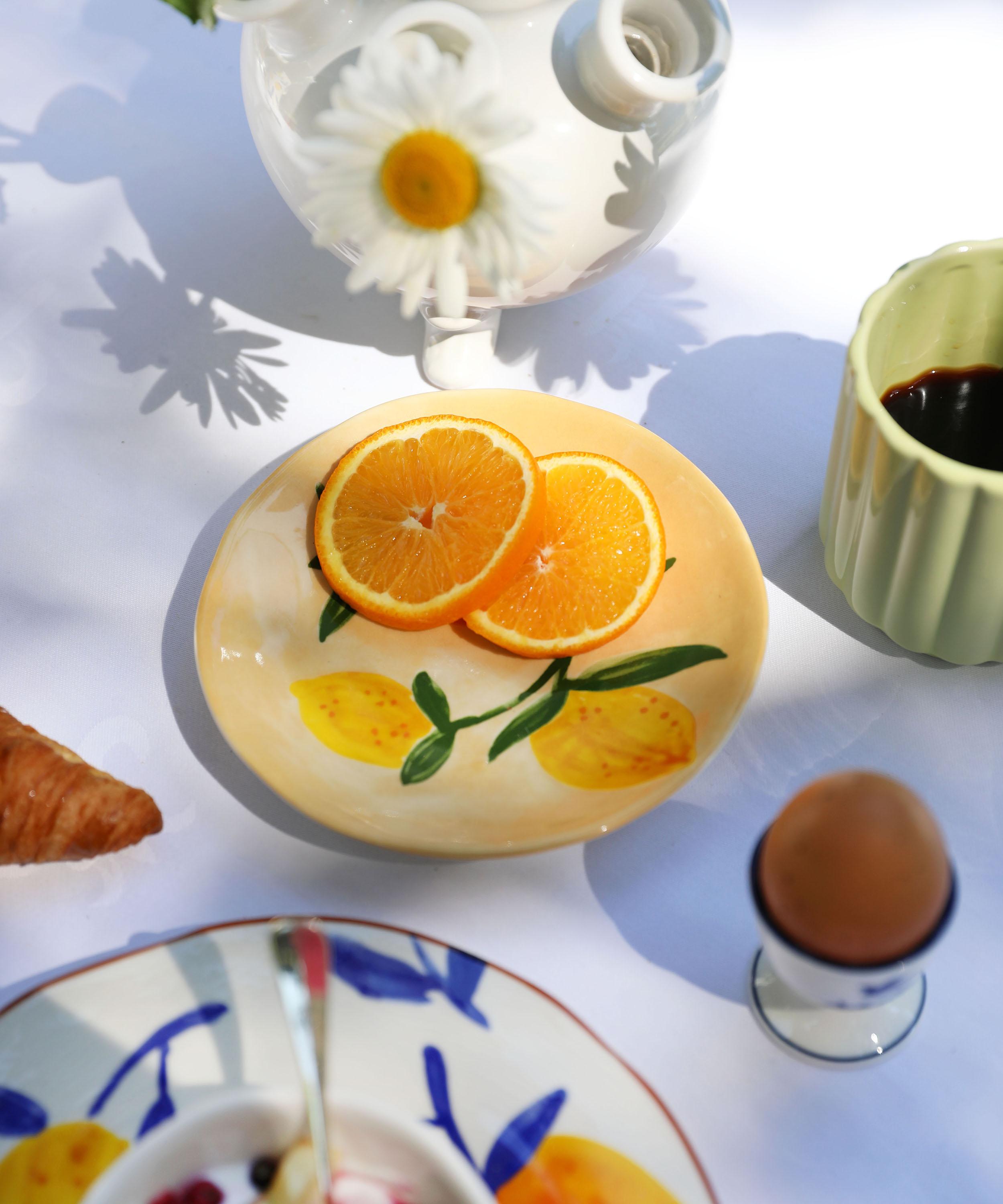


































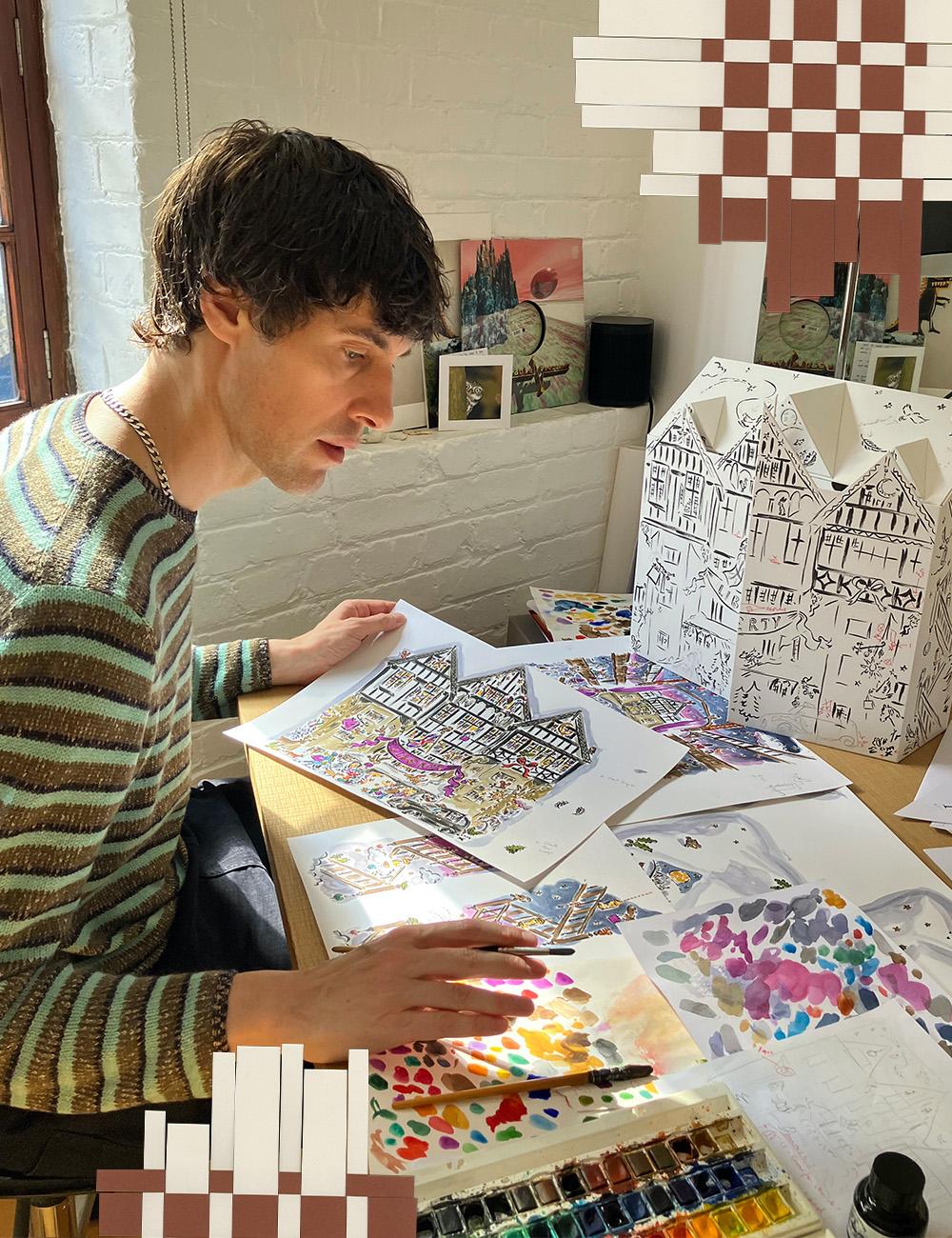




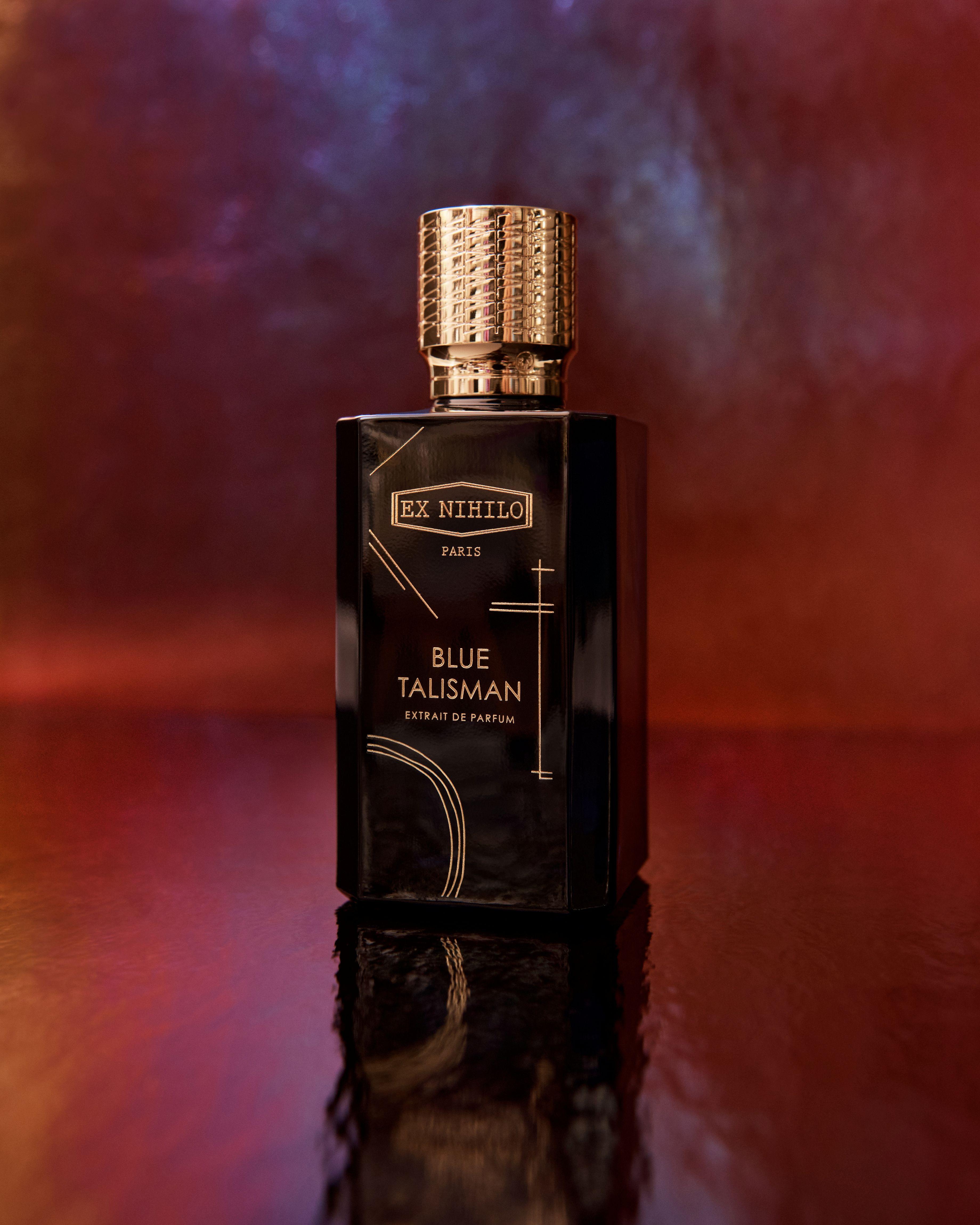


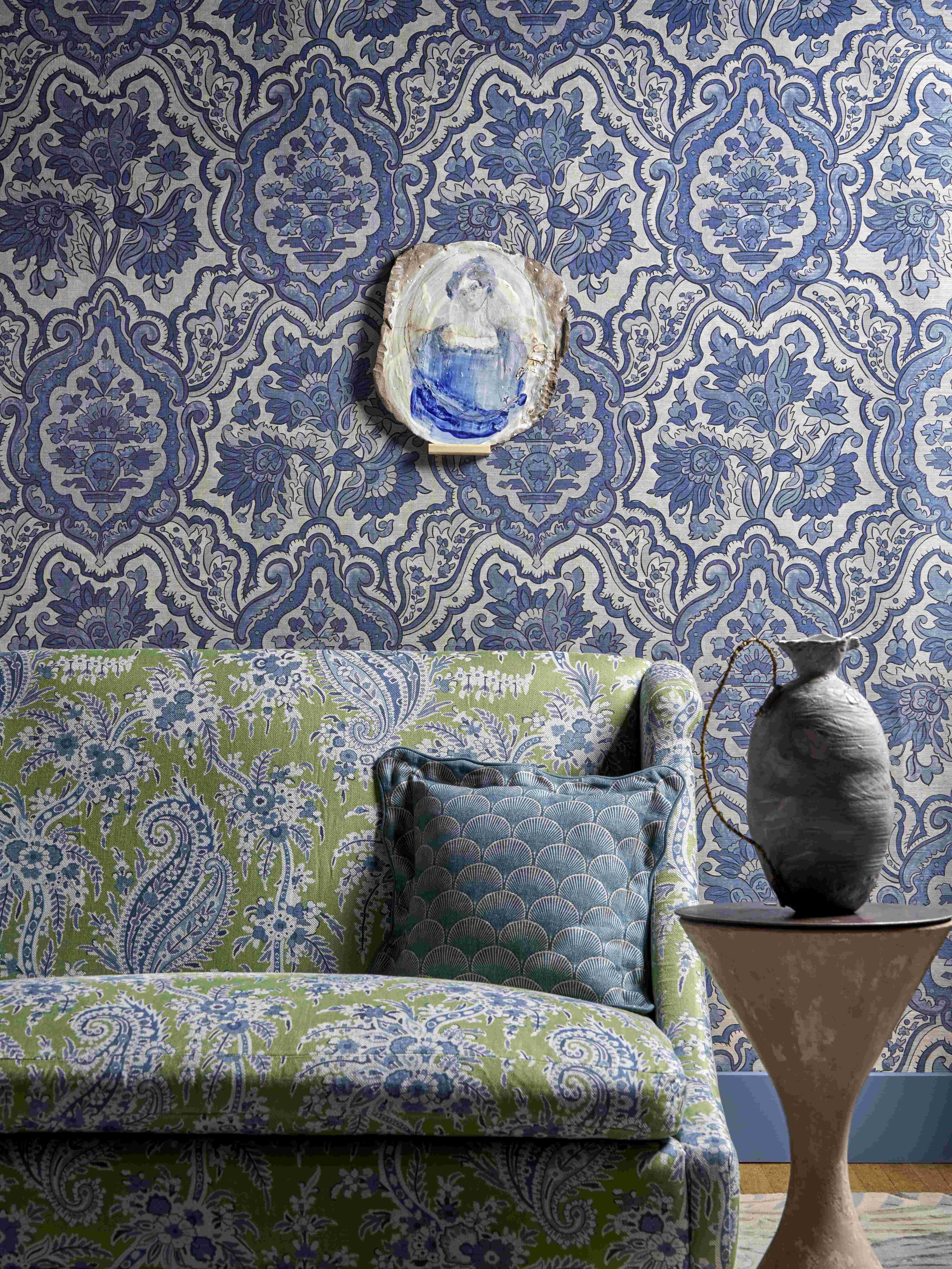







?fmt=auto&qlt=default)



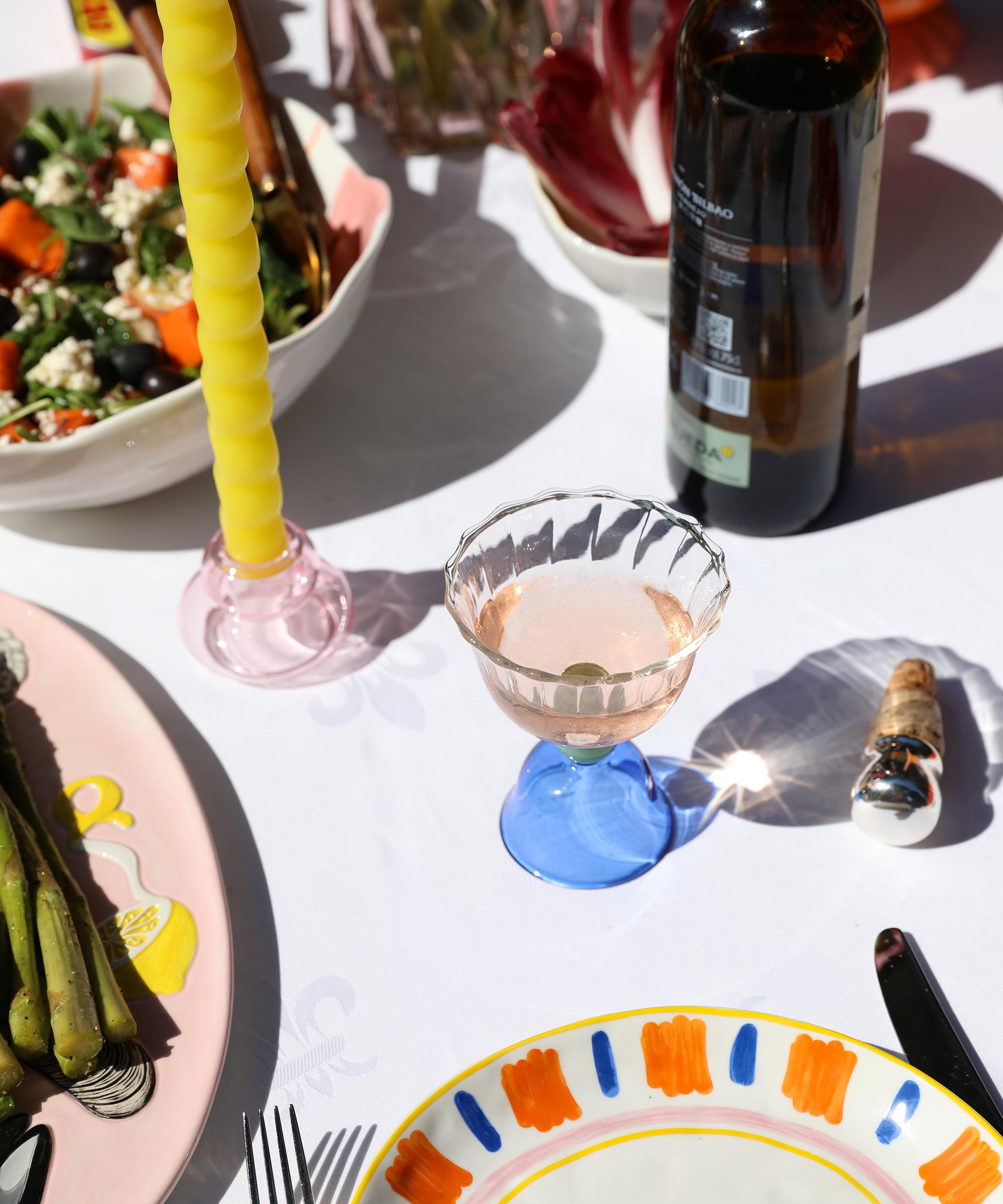






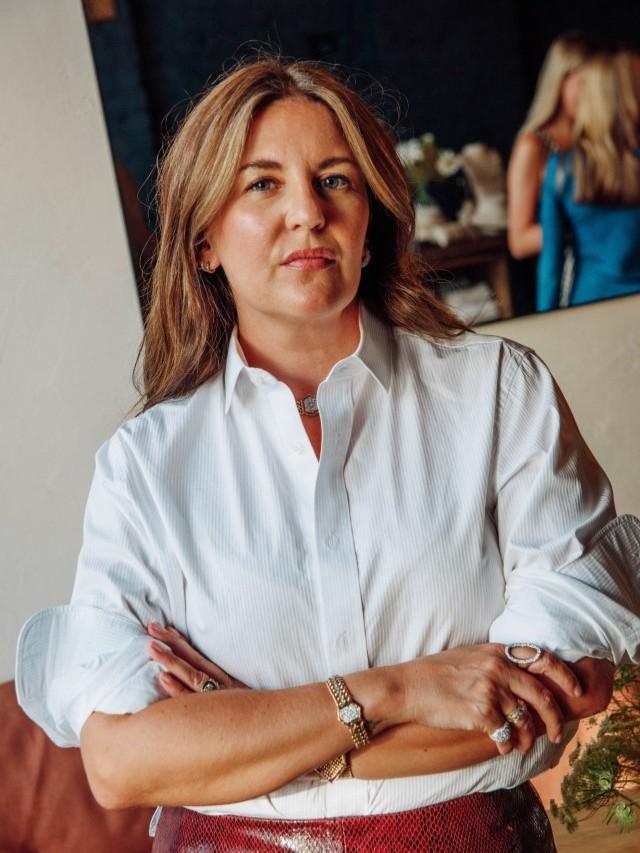

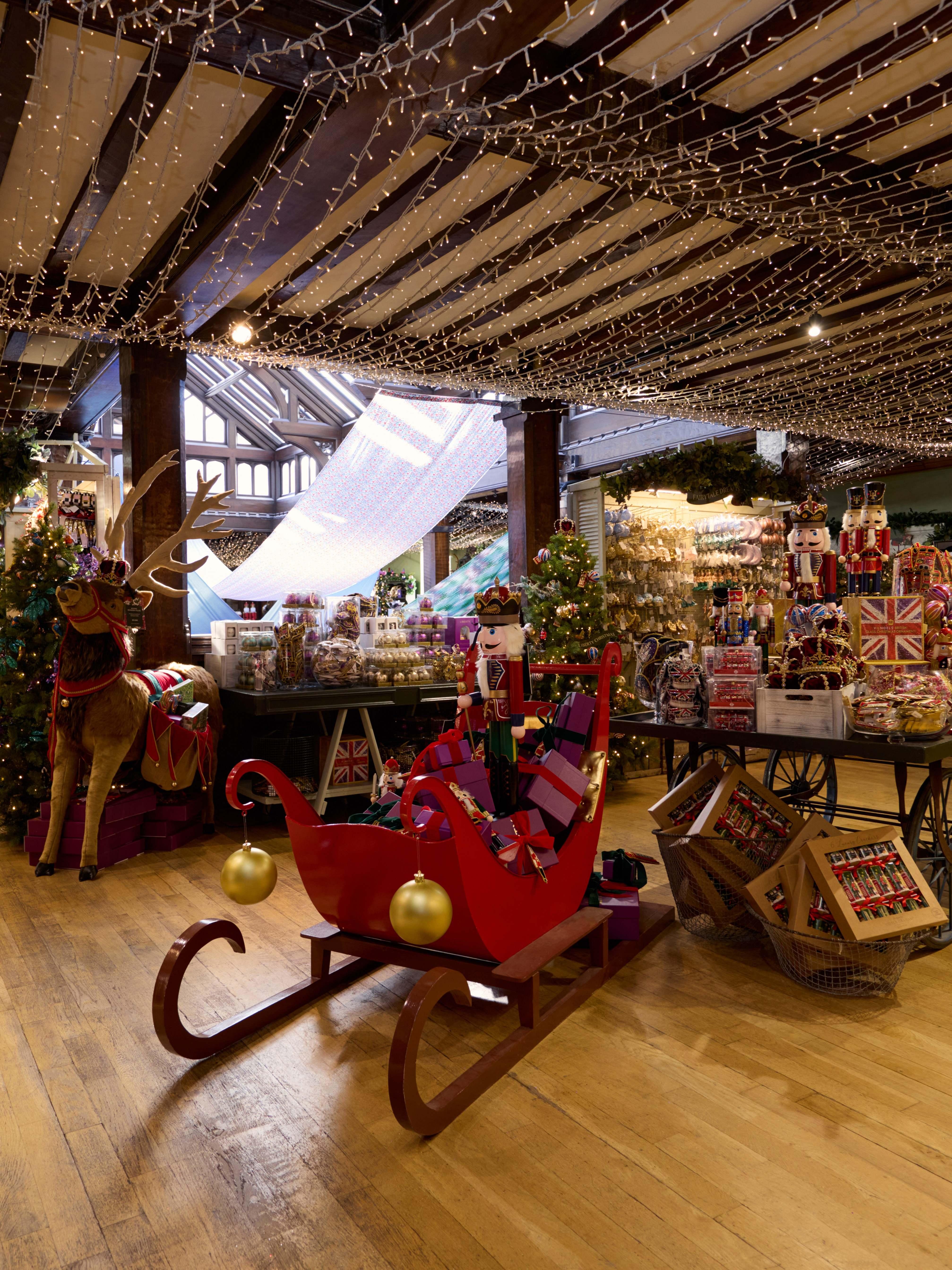
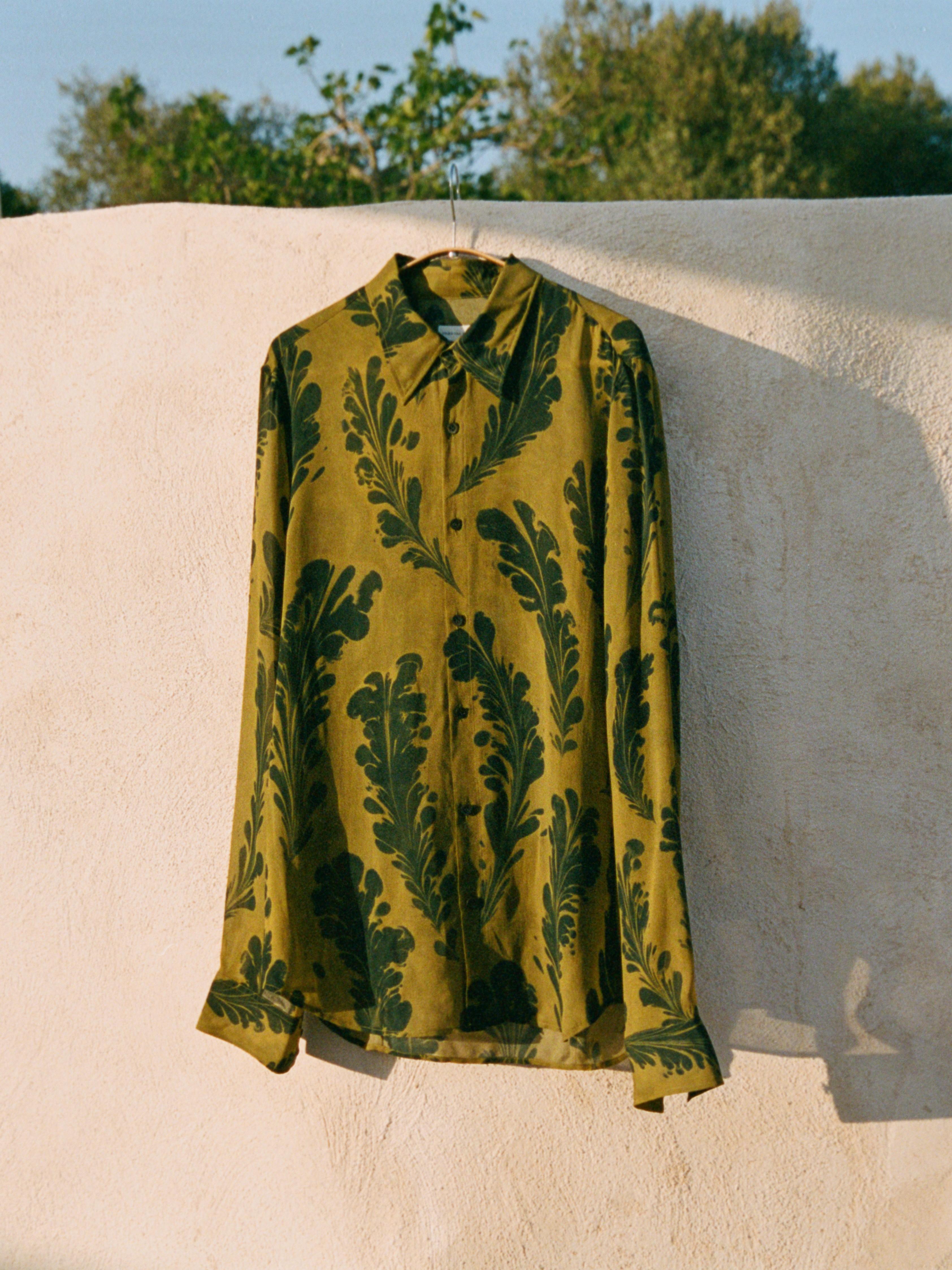





























_0824_RETOUCHED?fmt=auto&qlt=default)






































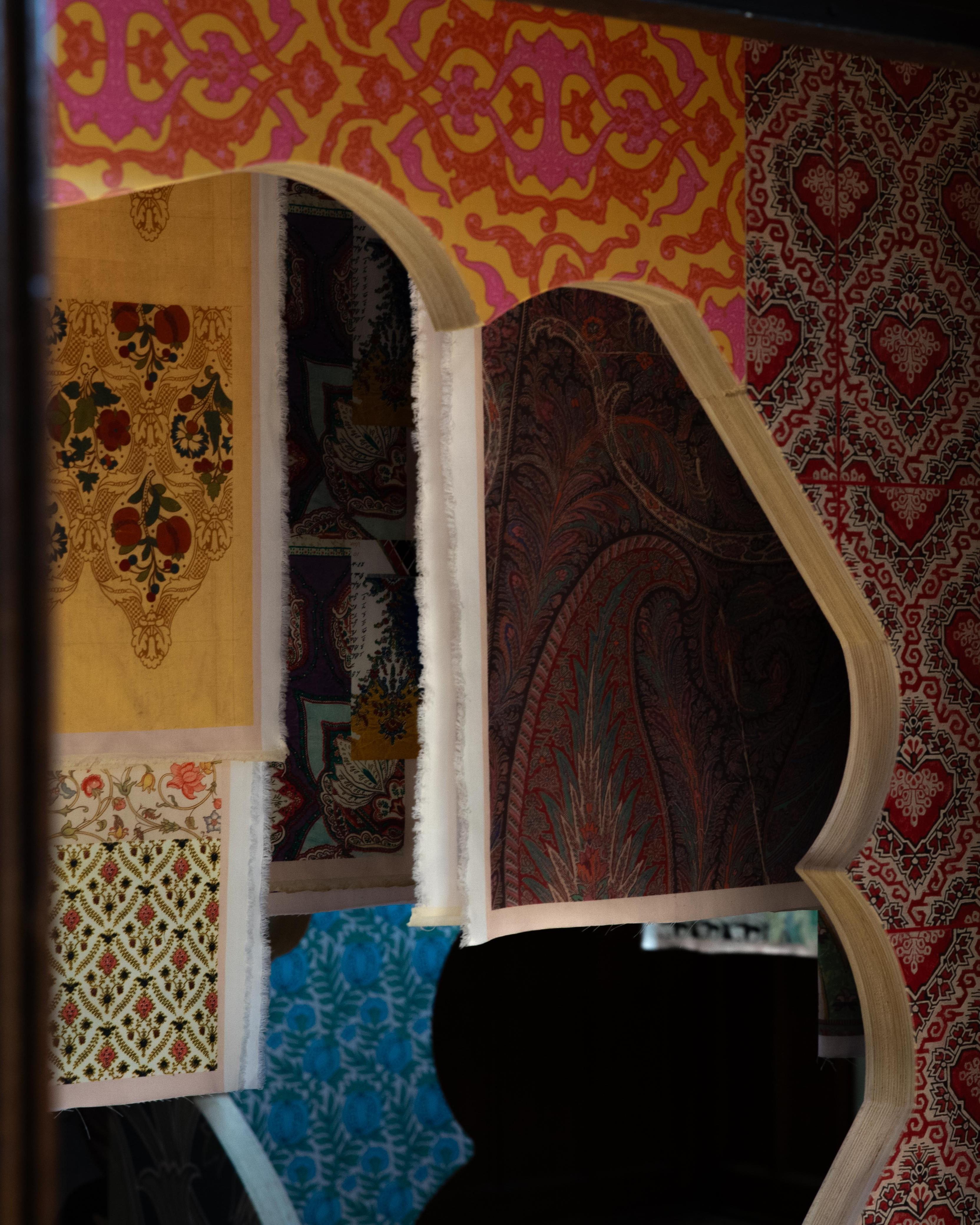
?fmt=auto&qlt=default)
































